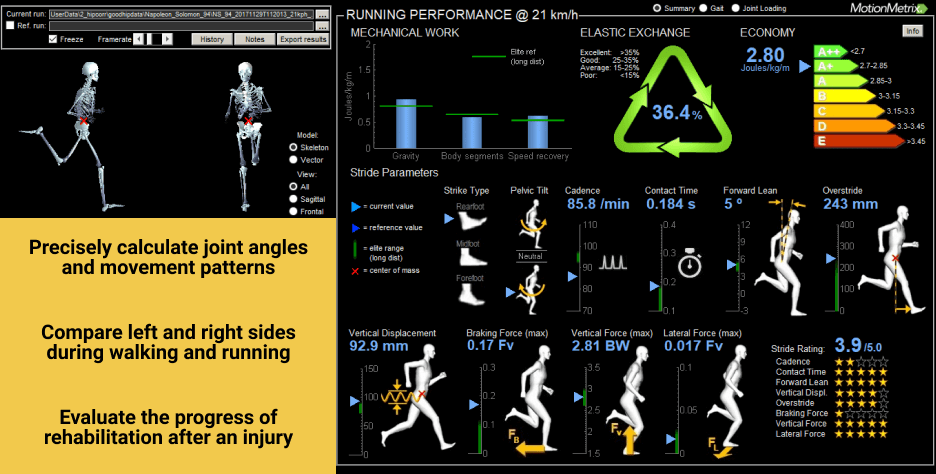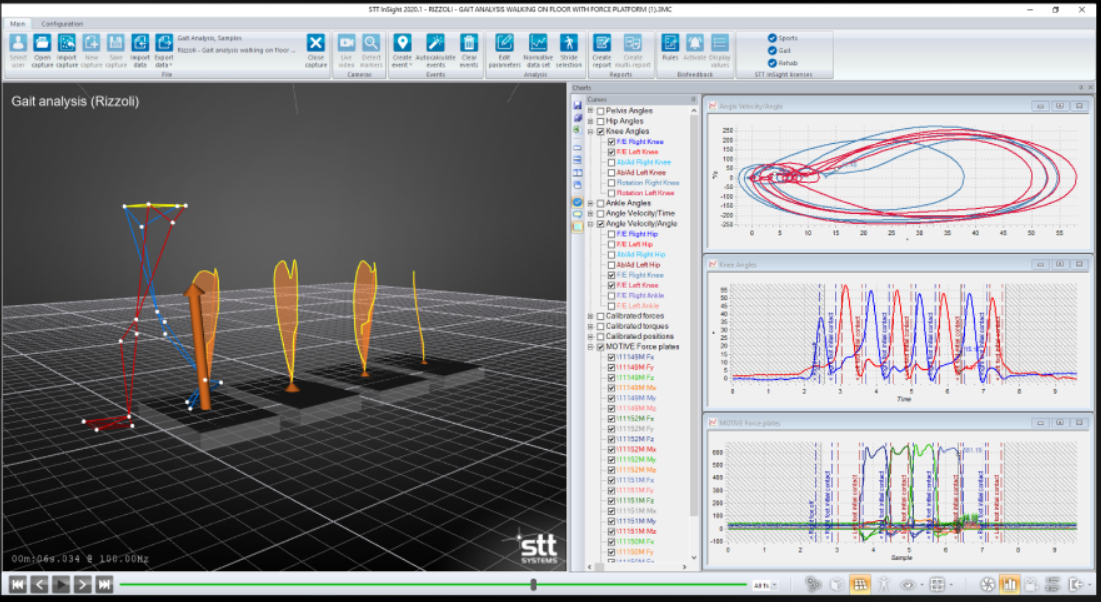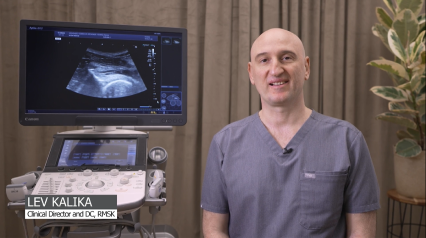Most of us begin walking during our first year of life, toddling along until we get the hang of it, then developing the balance and coordination required to run, jump, skip and dance. But years of practice does not necessarily make perfect. Over time, we develop faulty movement patterns and imbalances that place wear and tear on our joints, muscles and tendons , and increases our risk of injury.
Gait analysis is not a new concept. Scientists have been using it for decades to study human function , improve athletic performance, rehabilitate injuries and promote functional motor skills in the elderly. But technology has given gait analysis a significant boost in recent years, changing our understanding of strength the way we analyze and retrain walking and running gait.
In recent decades, gait analysis results have relied primarily on two-dimensional videography to assess joint angles, with the technician drawing lines to indicate deficient motor patterns. The accuracy of 2D assessment relies largely on the skills and experience of the technician, and the perspective of the camera. Even at its best, 2D has a large margin of error, because it is limited to motion in the sagital plane of movement, where hip, knee and ankle flexion and extension take place.
However, the majority of walking and running injuries occur in the transverse plane of movement. If you had a camera looking straight down from above while you walked or ran, it would pick up rotational motion that cannot be detected, measured or evaluated with 2D. Without information about motion in the transverse plane, gait analysis has limited value for rehabilitation.
Today, the latest advances in technology have rendered 2D analysis almost obsolete. With 3D gait analysis, infrared cameras and reflective markers give a three dimensional view of walking and running gait.
3D gait analysis can:
- Precisely calculate joint angles and movement patterns in all three planes
- Compare left and right sides during walking and running
- Analyze rotational movements of the ankles, knees, hips and pelvis
- Evaluate the progress of rehabilitation after an injury
- Collect spatio-temporal data
- Measure running performance specific indicators
With data collected from 3D gait analysis, we can develop an individualized gait retraining program to improve gait, enhance performance and prevent injury.
All humans learn to walk and run at an early age, but imbalances can develop over time that reduce motor efficiency and increase the risk of injury. Whether you are an athlete wanting a competitive edge, recovering from an injury, need to improve your performance or simply want pain-free mobility for everyday function, gait analysis provides valuable data that helps us design a customized recovery program.
Pain syndromes and running performance are often caused by mechanical issues related to gait. Pain in your hip could be caused by faulty foot mechanics, or knee pain could be caused by imbalances in the pelvic region. Gait analysis helps us get to the source of the problem and correct it.
Gait analysis benefits include:
- Provides biomechanical data about walking and running efficiency
- Helps us pinpoint the true source of pain
- Give us information for treatment planning
- Accelerates the rehab process
- Helps us measure your recovery success with objective data
- Reveals the true source of faulty joint mechanics
- Improves sports performance
- Helps restore optimal gait after injury
- Helps us to analyze and compare running shoes
- Reduces injury risk
Gait analysis and retraining can help you enjoy a better quality of life on a daily basis, with less pain and reduced risk of injury from falls.
Whether you are an athlete in a sport that requires precise motor skills, a competitive runner looking for an edge or a novice athlete wanting to get started on the right foot, 3D gait analysis and retraining can be a complete game changer.
At NYDNRehab, we pride ourselves on keeping up to speed with the latest technologies and rehab approaches, to give our patients the best care possible. Our clinic is one of the few private clinics in the world equipped to give a comprehensive walking or running gait analysis using advanced technology. We possess motion analysis technologies beyond 3D gait analysis which allow us to zoom in into each lower extremity joints. The range of our technologies include all the tools used in modern academia ( just like the best university research labs in the country)to study human motion and performance.
Our gait analysis toolbox includes:
- 3D infrared cameras
- Force plate technology for cutting, hopping and jumping assessments
- Computer assisted rehab environment (C.A.R.E.N) to assess balance and weight bearing symmetry
- Diagnostic ultrasonography
- Zebris instrumental treadmill to analyze foot pressure distribution and ground reaction forces
- DILEST lower extremity stability test
- Shear wave sono elastography with Canon aplio 800 to measure tissue stiffness
Don’t let faulty gait patterns keep you from doing the things you love. Contact NYDNRehab today, and schedule your 3D gait analysis for better performance, improved function and enhanced injury prevention.
About the Author
Dr. Lev Kalika is clinical director of NYDNRehab, located in Manhattan. Lev Kalika is the author of multiple medical publications and research, and an international expert in the field of rehabilitative sonography, ultrasound guided dry needling and sports medicine Dr. Kalika works with athletes, runners, dancers and mainstream clients to relieve pain, rehabilitate injuries, enhance performance and minimize the risk of injuries. His clinic features some of the most technologically advanced equipment in the world, rarely found in a private clinic.
Range of Available Unique Physical Therapy Treatments at Nydnrehab
Resource: Brian Hanley, Catherine B. Tucker & Athanassios Bissas (2018) Differences between motion capture and video analysis systems in calculating knee angles in elite-standard race walking, Journal of Sports Sciences, 36:11, 1250-1255






























































